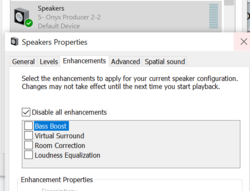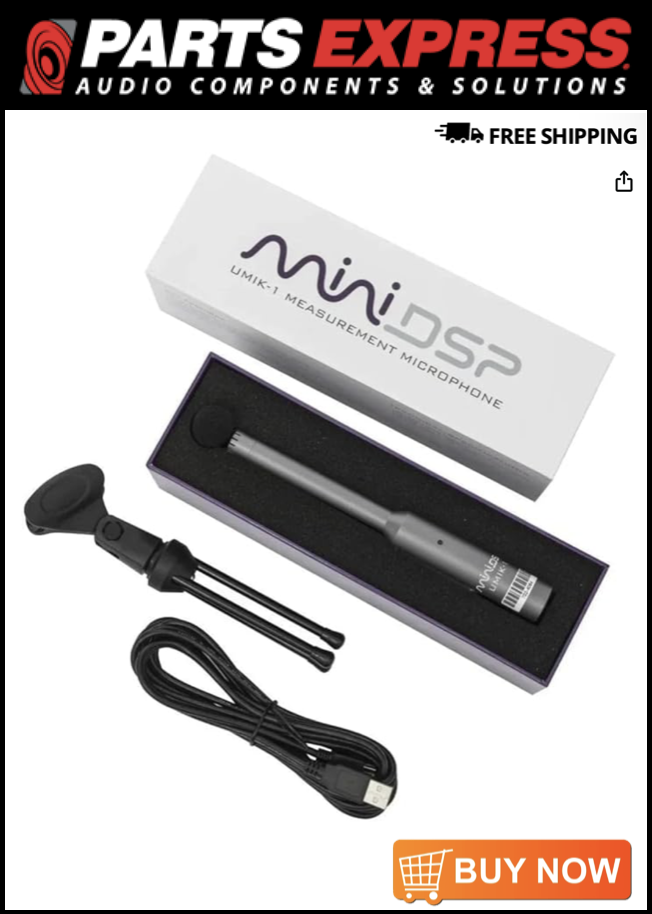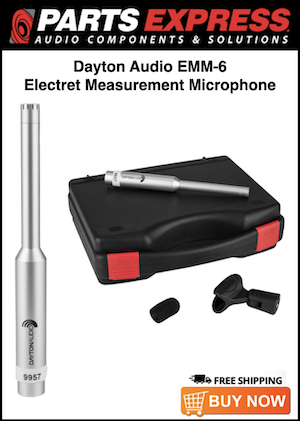Hi!
I'm measuring headphone frequency response using REW v5.2 and miniDSP EARS on Windows 10.
I'm observing a 6dB/octave roll off below 80Hz when comparing new measurements to previous measurements of the same components. Previous measurements were done on an older laptop some versions of REW ago. Is there something in Windows 10 settings or REW preferences that could be causing this? I've disabled Windows audio enhancements for the output and input already.
Appreciate any advice here!
Thanks.
I'm measuring headphone frequency response using REW v5.2 and miniDSP EARS on Windows 10.
I'm observing a 6dB/octave roll off below 80Hz when comparing new measurements to previous measurements of the same components. Previous measurements were done on an older laptop some versions of REW ago. Is there something in Windows 10 settings or REW preferences that could be causing this? I've disabled Windows audio enhancements for the output and input already.
Appreciate any advice here!
Thanks.

















